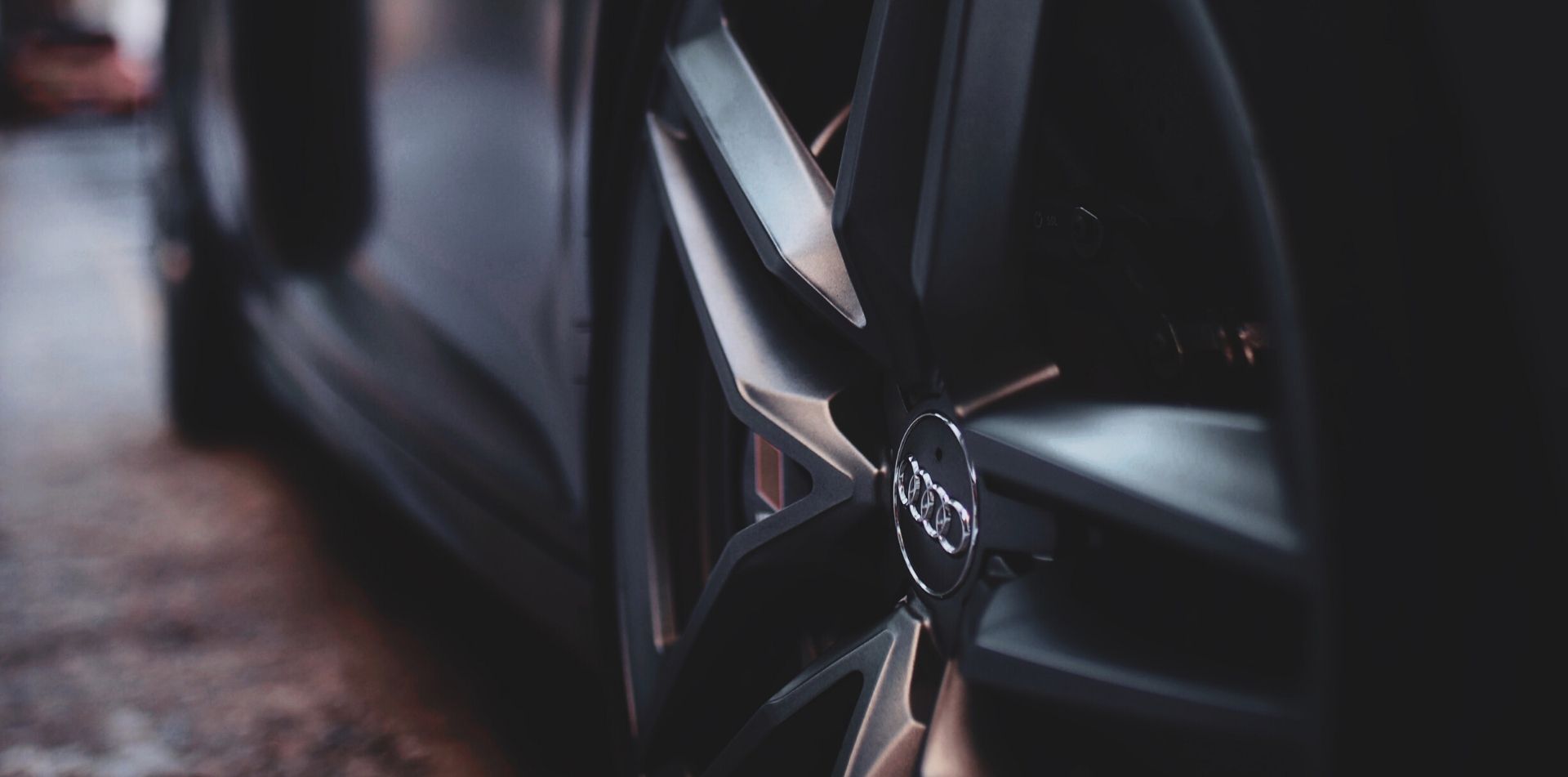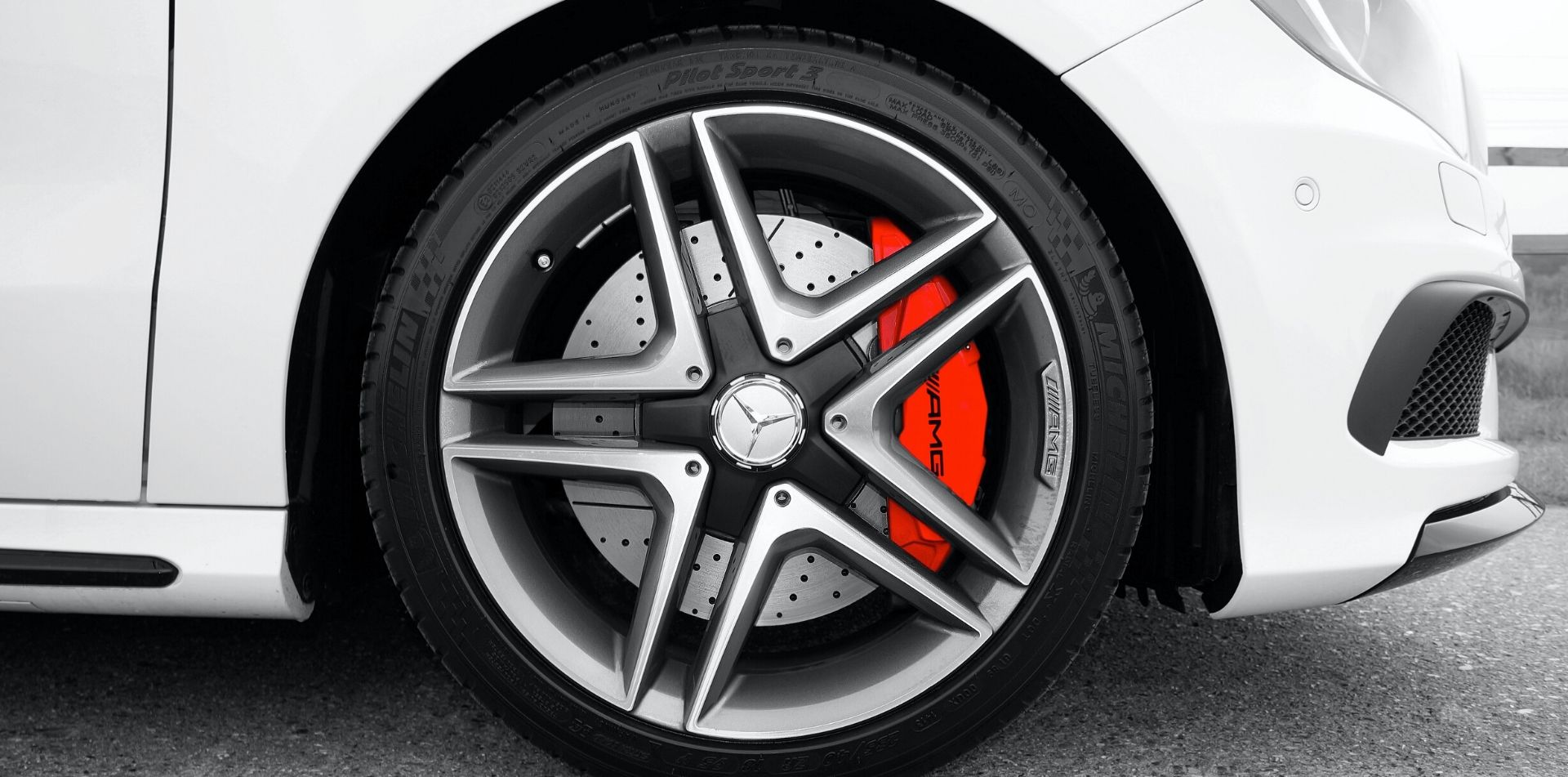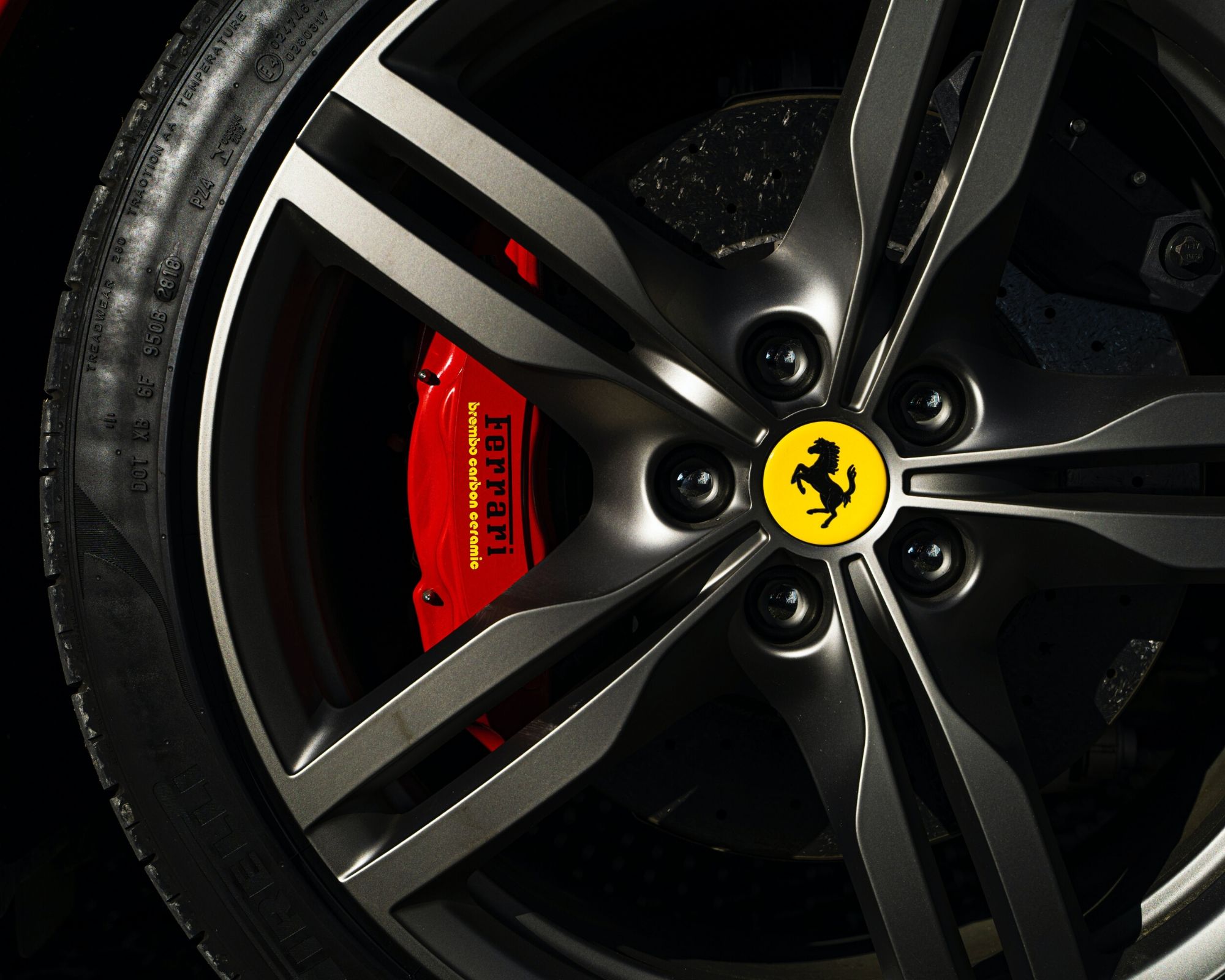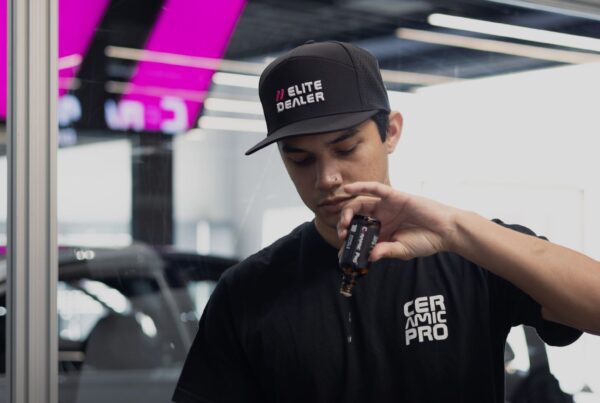How do you Clean and Protect Wheels?
The wheels and tires are vital component of the modern car, truck, or SUV. While most of us assume their sole purpose is to roll, help you navigate turns, and stop a vehicle on time. However, just like any other part on your car, wheels need some love from time to time. This comes in the form of washing wheels and finding a way to protect wheels.
There are several ways to clean and protect wheels. Some methods are more labor intensive than others, mainly due to excess brake dust and road grime caked on the wheel surface. The question many vehicle owners ask is, ‘what can I do to protect wheels and keep them cleaner?’ The answer is easier than you’d think – apply a high-quality ceramic coating.
A nano ceramic coating is a great way of providing a protective layer of quartz that is ultra-slippery and helps to repel brake dust, and other forms of road crud. It makes cleaning simple, time-sensitive, and cheaper.
So, let’s explore a few of the popular ways you can clean your wheels, and protect them from exposure.
What is the Best Way to Clean Wheels?
The best approach to cleaning your wheels is to start by using the least aggressive method of cleaning first. Any regular car shampoo may be enough to clean your wheels, depending on the how dirty they are. This is accomplished by hand washing or using a wheel specific brush – typically made of microfiber.
Here are a few tips for washing wheels by hand:
- Always clean wheels when they are cool to the touch because if they are warm you could prevent cleaners from drying or cause water spotting.
- Use a dedicated wash mitt for wheels. The dirt that collects on your wheels is much more abrasive than the dirt found on the rest of your car. You want to keep the mitts separate because you could cause scratches to your paint.
- Don’t forget to clean the wheel barrel, this is inside of the wheel. The same goes for the lug nut hole if they are exposed. Use a brush to really get in there.
- Consider using a dedicated wheel cleaner first. Wheel cleaning sprays are usually infused with iron eating or dissolving materials. When you spray it on the wheel, the formula starts to loosen or break down iron or metal shavings found in brake dust. After a few minutes and some agitation, you simply spray them off with a spray nozzle on a hose.
*Tip: Be sure to never let wheel cleaners dry on your tires as they can cause permanent discoloration. Always perform a spot test of a new wheel cleaner to make sure that it won’t damage your wheel. And remember to always follow the directions listed on the bottle.
Protect Your Wheels Today! Get a FREE Estimate for Ceramic Pro Wheel Coatings NOW!
Deep cleaning your wheels should only be a one-time thing. After that, you should be able to easily maintain them with a soap and water routine.


How Do You Clean Dirty Alloy Wheels?
Alloy wheels are the most common type of wheels on the road today. Most vehicles coming off the assembly line have clear coated alloy wheels, but many drivers enhance their vehicles with aftermarket polished alloy wheels.
So, while the wheels may be aluminum alloy, the finish on top is what you must consider when choosing a wheel cleaner.
Here is how to clean them:
- Rinse wheels to remove loose dirt and brake dust. Be sure to deliver a strong stream of water.
- Spray one wheel at a time with an alloy wheel cleaner. Choose a cleaner that is non-acidic to protect the wheels’ finish. Whether you have clear coated or polished alloy wheels, that is the best choice.
- Use a soft bristled wheel brush to agitate the wheel. Use a brush that can fit narrow or wide spaces and has a flexible stem. Soft, synthetic bristles loosen grime and brake dust without scratching the wheel finish. Reach through spokes to clean each wheel front to back.
- Don’t forget the lug nuts. Brake dust hides wherever it can. Use a lug nut brush to clean around the lug nuts and inside the lug nut holes. While you’re working with the brushes, the wheel should remain wet. The water and wheel cleaner help loosen grime, but they also lubricate the wheel surface to prevent scratching. Never let a wheel cleaner dry on the wheel because it will spot the finish.
- While you’re down there, clean the wheel wells, a.k.a. fender wells. You might need something a bit stronger than what you used on the wheels.
- Spray the wheel well generously with an all-purpose cleaner. Use a long-handled brush with sturdy bristles to agitate the wheel well.
*Note: Do not use your soft wheel brush on the wheel wells. Likewise, do not use the wheel well brush on the wheel itself. Think soft and gentle for wheels, strong and sturdy for wheel wells. Rinse the wheel and wheel well, including the lug nut holes and between the spokes.
Finally, always dry your wheels. Water spots are unattractive wherever they appear, even on the wheels. To avoid cross-contamination, only use a designated microfiber towel on your wheels and wash it separately from your other microfiber towels. Brake dust is the last thing you want on your paint!
What is the Best Wheel Cleaner for Brake Dust?
There are a lot of products to use for wheel cleaning, it all depends on your type of wheels. For aluminum wheels, Polished Aluminum Wheel Cleaner is a great option. They are formulated to safely and easily clean uncoated polished aluminum and anodized wheels.
It works great on painted, clear-coated, color coated, steel, modular, chrome, custom or factory coated wheels and hubcaps. It dissolves and suspends all types of brake dust, grease, dirt, and grime, making rinsing a snap. It’s gentle, yet effective.
An option for chrome wheels is a Chrome-Specific Wheel Cleaner. It is specially formulated to quickly and easily clean chrome wire wheels, chrome plated wheels, chrome wire hubcaps and rough cast aluminum wheels. It safely penetrates, dissolves, and suspends all types of brake dust, grease, dirt, and grime making rinsing a snap.
How do you Clean and Protect Aftermarket Wheels?
First things first, if you’ve invested in some beautiful new aftermarket wheels, you should be protecting your investment. The best way to do that is with Ceramic Pro. Starting out with a new set of wheels that have probably cost you a pretty penny, you will want to protect them with ceramic coating.
Ceramic Pro 9H coating will create a hydrophobic effect protecting them from water spots. It has self-cleaning properties which will help brake dust slide right off your brand-new wheels. Ceramic Pro makes them scratch resistant and oxidation and corrosion resistant.
After the ceramic coating has been applied you brand new aftermarket wheels will be protected from the outside elements. It will also make cleaning them a breeze.
If you’re thinking about upgrading your wheels to some high-quality aftermarket rims, or if you simply want to keep your factory alloy wheels looking sharp, click the link below to locate an authorized Ceramic Pro 9H installation center near you.






